Huawei CEO says it is "back to business as usual" as U.S. restrictions lose their bite
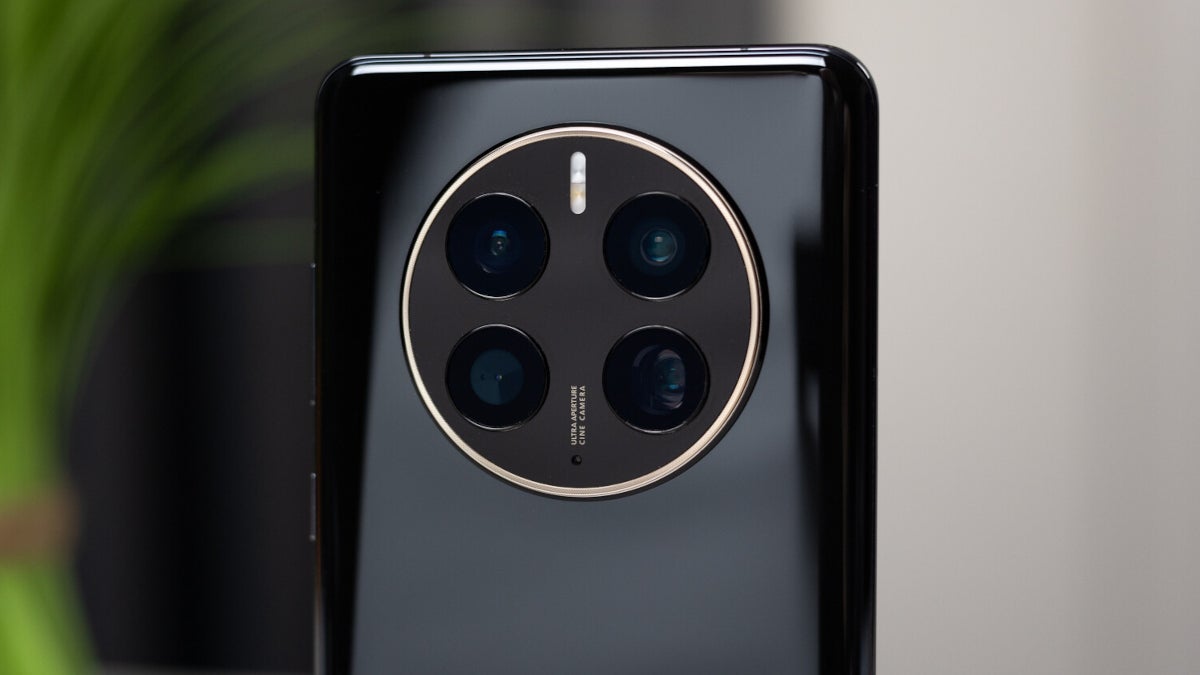
You could tell that things were starting to return to normal for Huawei with the release earlier this year of the Mate 50 series. The Mate 50 Pro was Huawei at its best with a new in-house camera platform known as Xmage, and a new Emergency Battery Mode that allows a user to talk on the phone for as long as 12 minutes while delivering three hours of standby time even with the battery down to 1%.
When the Mate 50 series was released, Huaweimania returned to China as long lines and heavy demand greeted the arrival of the new phones. And now, according to Reuters, Huawei is shaking off the restrictions placed on it by the U.S. Today, the beleaguered manufacturer announced that its 2022 revenue was flat with last year's top line indicating that it has stopped losing sales due to the U.S. restrictions. Actually, 2022 revenue topped the 2021 figure by 0.02%.
Huawei's chairman says that the company is "back to business as usual"
This year's revenue is expected to be 636.9 billion yuan ($91.53 billion). That compares with the 636.8 billion yuan recorded last year when Huawei reported a 30% year-over-year decline. Still, that was enough for Huawei's rotating chairman Eric Xu to write, "U.S. restrictions are now our new normal, and we're back to business as usual." The executive wrote this in a memo to staff that was also released to the media. Profits will be announced sometime next year.


If you recall (and frankly, even if you don't), in 2019 Huawei was on the verge of topping Samsung to become the largest smartphone manufacturer in the world, a goal that it had previously made public.
But in May 2019, the U.S. put Huawei on the entity list which prevents the company from accessing its U.S. supply chain including Google. This forced the company to develop its own HarmonyOS operating system and the Huawei Mobile Services ecosystem. The following year, the U.S. changed an export rule that twisted the knife in Huawei's back; chip foundries using American tech to manufacture chips were no longer allowed to ship these key components to Huawei.
The U.S. considers Huawei to be a national security threat because of its alleged ties with the Chinese Communist party. In addition, there have been several rumors over the years claiming that Huawei hides equipment in its networking gear that spies on companies and sends the purloined data to servers in Beijing. Huawei has constantly denied this.
As a result of the U.S. bans, the company could not replenish its supply of the Kirin chips that were designed in-house by the firm's HiSilicon unit. As it stands today, the company has permission to use Qualcomm's Snapdragon chips modified to work with 4G signals but not 5G. A case sold for the Mate 50 Pro does allow that model to have 5G connectivity. And if Huawei is able to follow through on a recent patent application, it soon might be able to access cutting-edge silicon.
The patent application deals with a school bus-sized machine called the extreme ultraviolet lithography (EUV) machine. To help produce chips carrying billions of transistors, the EUV machine etches circuitry designs on silicon wafers. These patterns are a fraction of the width of human hair. Only one company in the world, Dutch firm ASML, makes this machine and it refuses to ship any to China.
Huawei has turned a corner
So if Huawei can help create its own EUV machine, it might help China's largest foundry, SMIC, produce cutting-edge chips like those made by TSMC and Samsung Foundry. Still, this won't happen overnight.
A rumor that was passed around earlier this month would be another sign of Huawei's comeback if true. Before the sanctions hit, Huawei used to produce two flagship series a year. The "P" series is focused (Pun intended? Maybe) on photography and would be released at the beginning of each year. The Mate series, launched later each year, included the most innovative and up-to-date features.
Over the last two years, Huawei limited itself to one flagship line each year as it alternated between the "P" and Mate flagships. Last year saw the release of the P50 line while this year Huawei released the Mate 50 series. Two weeks ago, the buzz around the water cooler was that Huawei would release both the P60 and Mate 60 flagship models not only in the same year but also during the same month (March). That seems far-fetched but even if the rumor is nonsense, it seems that Huawei has turned a corner.


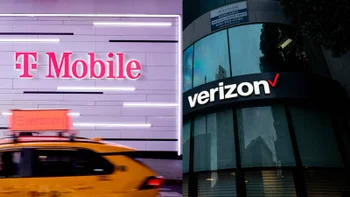

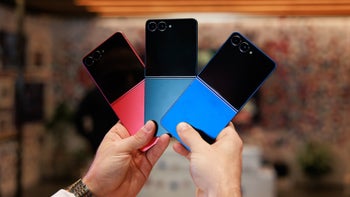
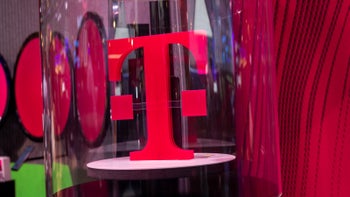



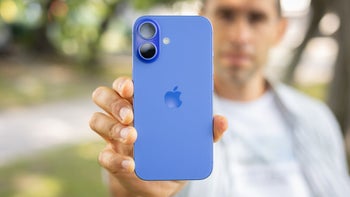
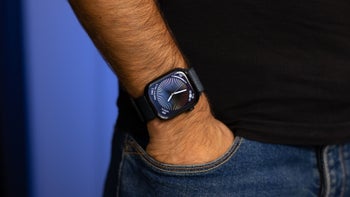

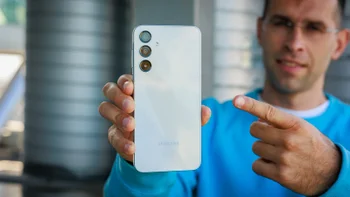
Things that are NOT allowed:
To help keep our community safe and free from spam, we apply temporary limits to newly created accounts: